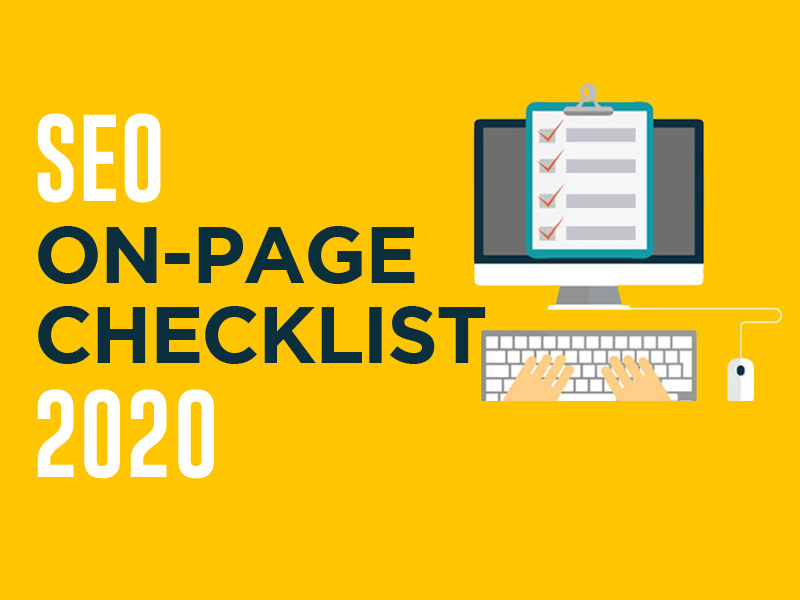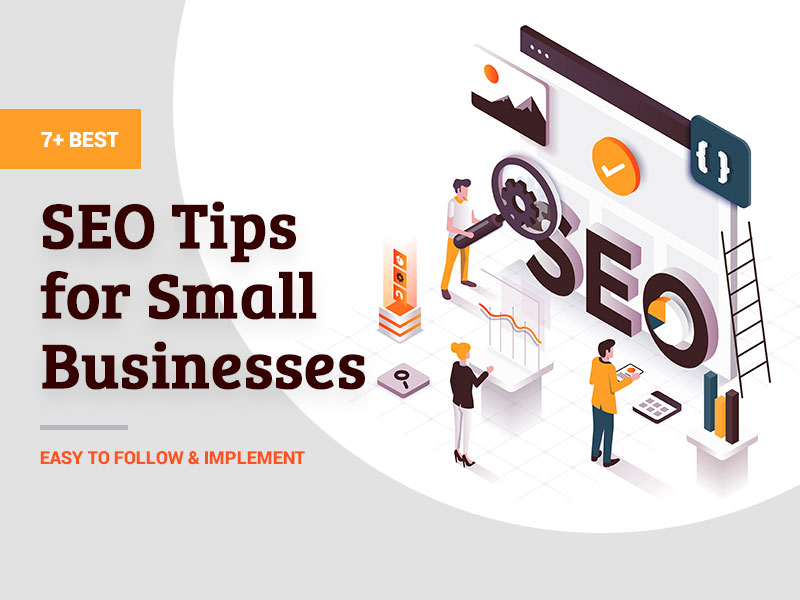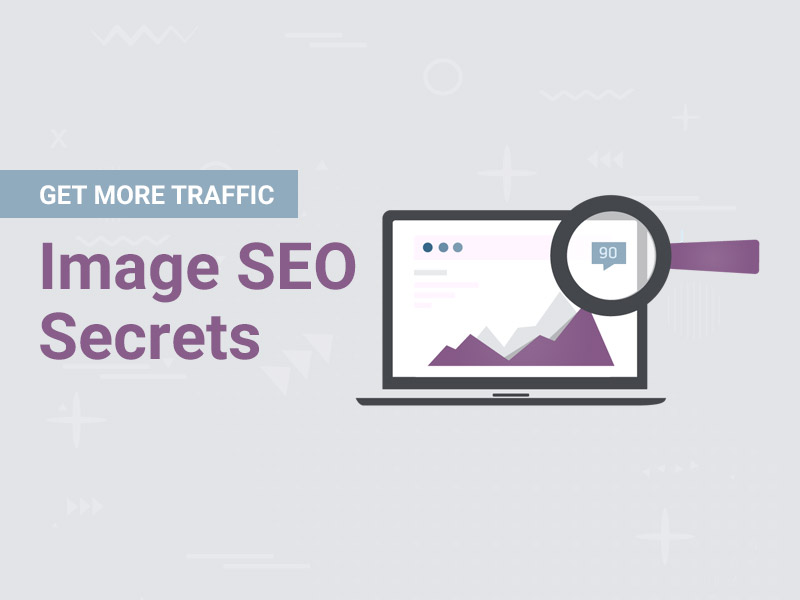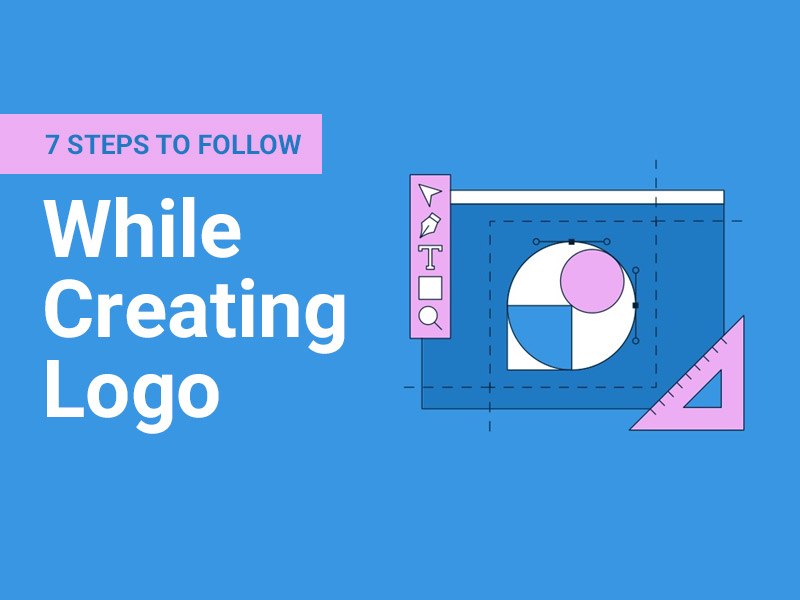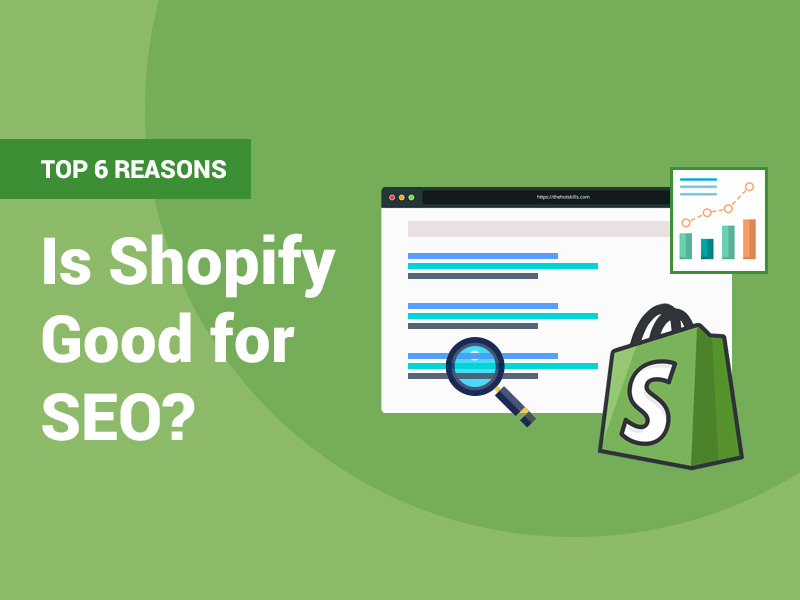To rank your page on Google, you must understand the basics of SEO. First, you must know the difference between an on-site and on-page SEO. From the word itself, the former refers to the process of optimizing the overall structure of the website. On the other hand, the latter refers to a single page that you want to optimize and rank in Google.
Aside from the on-page, off-page SEO is also an important element of the entire optimization system. Generally, the off-page SEO refers to a link building whereas there is a link being connected on your webpage. It also goes by the names of backlinks and inbound links.
Although, some say you can survive your SEO ranking even without using an off-page element. However, we strongly believe that an off-page SEO is a viable factor to uplift your page in Google in a fast phase approach. It simply means that exposure makes your website rank higher.
Now, let’s go back to the on-page SEO. This concept is also valuable in converting different studies and approaches into a substantial process. It encompasses the keywording, copywriting, social media exposure, inbound and outbound links, user experience, and conversions.
By understanding all these key elements, the on-page SEO will certainly set up to the right place and it will become successful in no time. However, you still need to follow the step-by-step procedures in this checklist to optimize your page to the highest level. Without further ado, let’s start digging the details piece by piece.
Understanding Your SEO Performance, Crawlability, and Indexing
1. Did you set up your Google Analytics for tracking purposes?
Google Analytics is a free platform that helps you identify the dimensions and metrics of your webpage. In this approach, you will know the ABC’s of your page and how do the users utilize your content. The ABC stands for acquisition, behavior, and conversion. By knowing these sub-elements, you will have an idea on how to use Google analytics effectively and efficiently in measuring and attributing the data quantitatively and qualitatively.
2. Have you monitored your primary keywords and phrases?
According to Joel House Search Media, you can dominate the market. Using keyword tools, you can monitor your primary keywords in their volume, traffic, and organic visibility. You may also check your competitor’s anchor text to have some ideas on how to place and pick the right keywords on your content. By doing this trick, you will gain competence and sooner, you may outrank your competitor.
3. Check Your Crawlability Status
From the word itself crawl, the keyword and links go hand in hand to reach Google’s algorithm and bots. In this way, your webpage will be visible to the crowd and they can able to search your content anywhere and anytime. Moreover, the No Index tags and robots.txt files must be monitored to check whether these two are not being blocked. The best way to check your webpage is to copy and paste the URL into Google’s search bar.
4. Trace the Indexation of the Webpage
In layman’s term, the indexation is the process wherein you add web pages in a search engine database.
To enable indexing to happen, you must acquire some backlinks, test your No Index tags, and scrutinize your site architecture. You may use the Fetch as Google and Screaming Frog to check your indexing.
Analyzing Your Keywords
1. What is your target keyword?
In choosing an anchor text, you don’t need to make a guess. By using tools, you can research different relevant keywords that can boost your SEO. First, you’ll need to have a thorough research of the anchor text using Ahrefs tool. Second, you must check your competitor’s website and use an analysis tool to check the various keywords is used. Make sure to choose a lower volume keyword.
2. Are you being driven into keyword cannibalization?
In this scenario, the primary keyword appears on several pages of your website. If this is the case, it may cause trouble in your SEO. Google will be confused about which page to prioritize and rank higher. To solve this matter, you should look for the keyword and update your content. As much as possible, try to avoid experiencing keyword cannibalization.
3. Identifying Your Search Intent
There are four categories of search intent namely informational, transactional, comparison, and navigational. Since you have already a niche on your website, you should list down all the possible topics that people usually search on. By identifying the search intent, you are conceptualizing and anticipating the topics. Your webpage will not only serve its purpose to the readers but also, its SEO boost as far as the search intent is concerned.
4. Looping Your Keyword using Yoast SEO
The anchor text must be present in your title, heading, subheading, meta description, web URL, and first sentence. By doing this step, it helps your content to have a strong SEO rate. You can refer to a Yoast SEO in WordPress or look for tools with similar features.
Aside from the main anchor text, you may also use the LSI keywords within your paragraphs. The main anchor texts are not the only primary reason to improve your SEO. Even latent semantic keywords are also important in the content. As you type your topic in the search engine, it will display related searches. With that said, you can use any of these LSI keywords to boost your SEO.
5. Monitoring Your Keyword Density
The standard density for a keyword must be between 1% to 2% only. If it exceeded within this bracket, it may result in a keyword stuffing. You can use several online and app tools to test the keyword density. In this way, you will have a better gauge on how to fix the anchor texts. As a solution, you may use synonyms or rephrase the sentence.
Getting Your Content Ready for SEO
In an SEO concept, your content must be a Jack of all Trades. It simply means that your webpage should contain most of the key elements. Aside from dealing with the optimization, you must also emphasize the content itself. It should be relevant and timely to the readers. For instance, if the webpage is all about traveling for the summer season during 2020, then it should only be focusing on that point in time. To know more about the technicalities of the content, you may refer to the list below:
- Leverage Your Content’s Uniqueness
- Keep Your Audience Engage
- Invest in Multimedia for Popularity
- Check Your Grammar, Spelling, and Readability
- Use Short Paragraphs Techniques for Easy Viewing
- Scale Your Title and Make it Marketable
- Make use of the Bullets and Number List
Check Your Images and Videos
In optimizing your images and videos, you should insert the keyword on their alt text and URL. In this way, it will be easier for Google to match the searches with your webpage. Keep in mind that images should be compressed in size, use vector formats, utilize high quality, and unique display.
Of course, do not forget to rename the images by the keywords. On the other hand, the videos should be valuable, relevant, high quality, and engaging. Using videos can attract your audience’s interest since it shows a live emotion and it depicts a more subjective point of view. It works well than images.
Optimizing the Links
Internal and external links are useful in building your site’s authority as well as improve your indexability and crawlability. Inserting internal links can enhance your webpage but make sure not to overuse them. Otherwise, Google will not able to detect them since your website becomes spammy and may affect your rankings.
On the other hand, the external links help make your webpage visible to the public. External links act as referrals and the people who share your webpage will increase your reputation in the crowd. Hence, Google will notice your webpage and later, it will rank it by SEO, relevance, and popularity. Make sure to set the external link as a new open tab for efficient viewing experience.
Aside from these links, it is important to make use of the breadcrumbs. These features serve as the pathway in navigating the different categories under your website.
Have you started checking and auditing your webpage?
Without a checklist, there will be no SEO audit. These two essential elements must go hand in hand together. To become successful in your on-page and SEO, it takes time and exposure in Google. You will not get the results in a snap. Just like traditional marketing, you need to do some sales talk about your webpage. You can start posting on social media or creating some videos on your YouTube channel.
You will need to build a relationship with your audience and improve their user experience (UX). In simple terms, the factors that help boost the UX encompasses the following:
- Loading page and speed
- Responsiveness of the webpage
- Compatibility to mobile device
- Contains SSL Certificate for security purposes
- Removes aggressive and unwanted ads
- Review your webpage display
As soon as you practice these concepts and processes, you will see some changes and improvements to your webpage. Familiarize yourself with the SEO technicalities and you will reap the fruit of your labor.
You May Like:
- 10 Best Free Keywords Research Tools
- Essential On-Page SEO Factors You Should Use to Rank on Google
- How to Combine SEO and UX to improve your website
- Simple Ways to Improve SEO and Increase Organic Search Traffic
- Crucial Design Ideas that will Transform your Link-Building Strategy
- Go Viral! Top Free Infographics Submission Sites List
- 8 WordPress Plugins You Need to Create Killer Content
